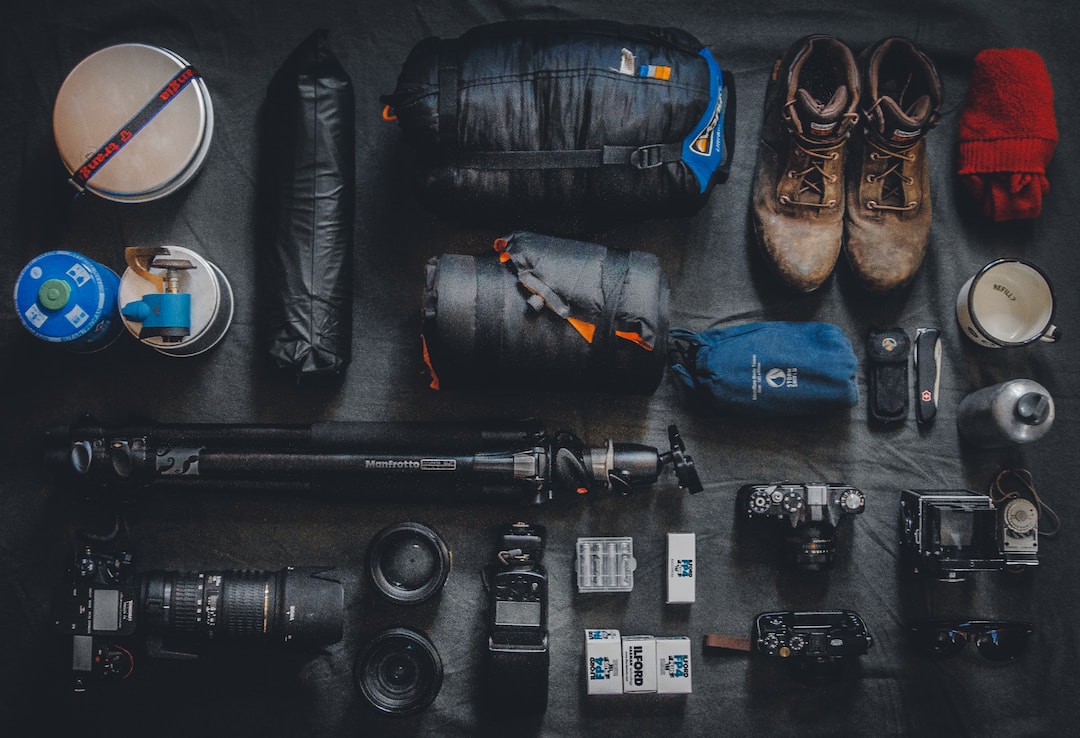Today, I'll be delving into the essentials of crafting your ultimate survival gear checklist – a treasure trove of must-haves for any wilderness adventure. As a seasoned survivalist with a background in ancient military tactics and an understanding of modern-day survival requirements, I'm here to guide you through preparing an emergency kit that's both intricate and practical.
The Essence of Preparedness: Building Your Survival Kit
When embarking on any outdoor excursion, your survival kit isn't just a collection of items; it's your lifeline. In the event of an emergency, your gear becomes the difference between peril and safety.
Core Survival Gear Essentials
Water and Hydration Solutions: Undoubtedly, water is paramount. At a minimum, your wilderness survival kit must include a water bottle, water filtration system like the Sawyer Mini, and extra water in a waterproof container. Don't forget to include water purification tablets, as they're critical for disease control.
Shelter and Warmth: Your ability to stay warm and dry can save your life. A versatile sleeping bag, survival blanket, rain jacket, and emergency shelter like plastic sheeting are non-negotiable for cold weather survival.
Fire Starting Implements: A fire starter kit and waterproof matches are basic items no survivalist should be without. They provide warmth, the ability to cook, and can even act as a signal for help.

Nourishment and Health: Aid Supplies and Emergency Food
First Aid Kit Necessities
Comprehensive Aid Kit: In the realm of aid supplies, your aid kit should be meticulously stocked with bandages, antiseptics, pain relievers, and any personal medications. Your health is a top priority in survival situations.
Sustenance and Nutrition: Ensure you have a stockpile of emergency food—a combination of high-energy bars, dehydrated meals, and canned goods. Maintaining your energy levels is vital for survival tasks.
Tools and Equipment for Survival Mastery
Essential Items for Any Emergency Survival Kit
Cutting Tools: A reliable, sharp knife or a multi-tool is imperative. Whether it's for making kindling or repairing gear, a cutting tool is multifunctional.
Signaling Devices: Signal for help with a whistle or mirror. Being able to communicate your need for rescue could be crucial.
Navigation Tools: A compass and detailed maps are essential. In an emergency situation where technology fails, these can save your life.
Tactical and Practical Gear
Illumination: A tactical flashlight with extra batteries or a hand-crank version ensures you're never left in the dark.
Communication: Keep a battery-powered or hand-crank radio to stay informed about any rescue efforts or incoming natural disaster warnings.
The Extras That Matter
Duct Tape: It fixes gear, creates shelter, and holds the world together. Duct tape is the unsung hero of any emergency kit checklist.
Clothing for the Unexpected: Warm clothing and sturdy boots can protect against the elements and prevent injuries.
Miscellaneous Must-Haves: Plastic utensils, garbage bags for waste management or additional waterproofing, and plastic ties for makeshift repairs should also find their way into your bug out bag.

Crafting Your Personalized Emergency Prep Kit
Tailoring Your Bug Out Bag for Every Scenario
Your bug out bag should be customized to fit your needs and the specific environment you're venturing into. If you're in a region prone to certain natural disasters, adjust your emergency preparedness checklist accordingly.
The Home Bag: Your Domestic Emergency Supply
Not to be overlooked, the home bag is your domestic counterpart to the bug out bags. It should contain enough emergency supply to sustain your household until help arrives, including a basic fire extinguisher for unexpected blazes.
Advanced Gear Strategies for Wilderness Survival
Securing the basics is just the beginning; the true survivalist knows that the finer details can make a significant difference when confronting the unpredictability of nature.
Innovative Fire Creation Tools
Beyond the conventional fire starter, consider carrying a magnesium rod or a solar lighter. These tools offer alternative means of igniting a flame, which could prove invaluable if traditional methods fail due to wet or windy conditions.
Water Acquisition and Management
Scouting for additional water sources is a survival skill of its own. Include a collapsible bucket or a sturdy plastic bag to collect water from streams or rainfall. A portable desalination device is also worth considering if your adventures might lead you to coastal areas where freshwater is scarce.
Emergency Repair Kits
An emergency repair kit for your gear is an often-overlooked, yet critical component. Sewing supplies for torn equipment, a spare set of essential screws and fasteners for mechanical devices, and other repair tools could save your trip or even your life.

Maintaining Health and Safety in Harsh Conditions
Adapting to the environment and prioritizing health is essential when disaster strikes. Your emergency preparedness should encompass the means to address injuries and illnesses unique to the wilderness.
Comprehensive Disease Control Measures
Include a set of gloves and a mask in your aid kit. These are not only useful for disease control but also when dealing with potential irritants or toxins. An epinephrine auto-injector for severe allergic reactions should be considered if you have known allergies.
Critical Sanitation Supplies
Personal hygiene plays a pivotal role in preventing infections. Wet wipes, antibacterial gels, and a compact trowel for sanitary waste disposal are necessary items to maintain cleanliness.
Adapting Your Gear to Environmental Challenges
Your survival gear list must be versatile enough to handle diverse environments and weather patterns. This section underscores gear tailored to specific terrains and climates.
Desert Survival Gear
In arid environments, sun protection becomes paramount. Include UV-blocking sunglasses, broad-brimmed hats, and sunblock. Dust protection gear, like a bandana or a dust filter mask, is also critical.
Arctic and Mountainous Terrain Equipment
For those braving colder climes, additional layers of thermal clothing and insulated gloves are a must. Snow goggles protect against snow blindness, and high-quality insulated boots guard against frostbite.
Jungle and Tropical Forest Essentials
In humid and dense areas, quick-dry clothing and moisture-wicking undergarments keep you comfortable. A sturdy pair of waterproof boots and leech socks can protect you from the damp ground and unwanted parasitic guests.
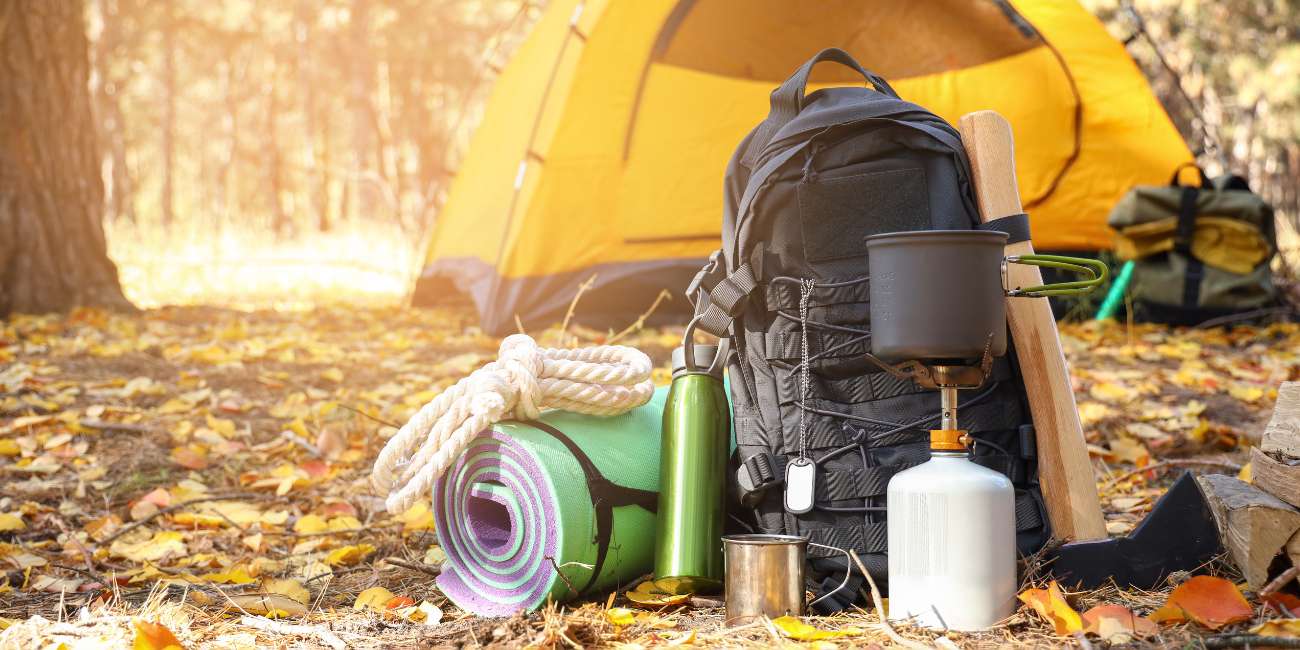
Survival Psychology and Mental Preparedness
In the throes of an emergency situation, your mindset is as crucial as your physical preparedness. Here we integrate the psychological aspect of survival into your checklist.
Knowledge and Skills Development
Carry field guides on edible plants, first aid, or survival techniques. Familiarizing yourself with these can provide not just information but also psychological comfort by boosting confidence in your ability to cope.
Stress Management Tools
Small items that can help manage stress, such as a harmonica, a paperback novel, or a deck of cards, can significantly improve mental health during prolonged survival scenarios. The importance of mental resilience cannot be overstated when it comes to survival.
Recording and Reflection Instruments
A durable notebook and writing implement allows for noting down important information, mapping your location, or keeping a journal. The act of writing can provide a sense of routine and normalcy in disorienting circumstances.
Cultivating Resourcefulness and Adaptability
True wilderness survival hinges on your ability to use your surroundings to your advantage. Learning how to fashion makeshift tools and shelters from natural resources can drastically reduce your dependency on manmade gear.
Environmental Awareness
Cultivate a keen sense of observation to recognize the resources nature provides, such as identifying flammable sap or plants suitable for cordage. This knowledge can significantly lighten your load and enhance your survival gear list.
Developing Primitive Skills
Practice skills like knot-tying, shelter-building, and rudimentary blacksmithing. An understanding of these ancient techniques can be a lifesaver when modern conveniences are not available.
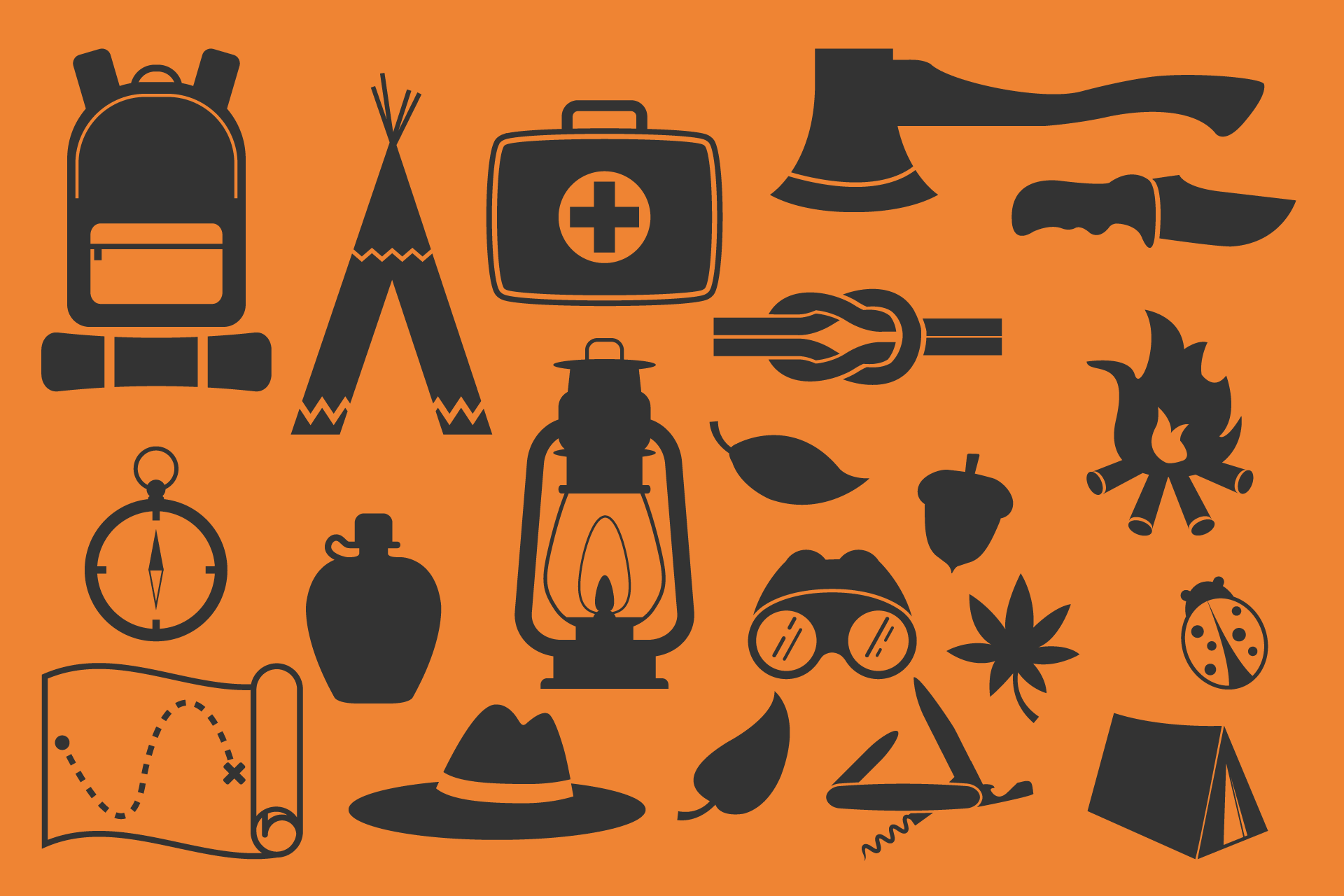
Integrating Technology in Survival Situations
While traditional survival skills are invaluable, contemporary technology offers tools that could play a pivotal role in a survival situation. Let's look at how modern tech can fit into our survival checklist.
Satellite Communication Devices
In areas where cell service is nonexistent, a satellite phone or a personal locator beacon (PLB) can be your connection to the outside world. These devices provide a critical line of communication for rescue services in emergencies.
Solar Power Chargers and Battery Banks
Harness the power of the sun with portable solar panels to charge electronic devices. A high-capacity power bank can store that energy, ensuring that you have power for your devices when the sun isn't shining.
GPS and Electronic Navigation Tools
While a compass and a map are must-haves, a GPS device offers another layer of navigational support. Many such devices also include topographic maps, points of interest, and can even track your route.
Building a Resilient Mindset through Training and Education
Cultivating the right mindset goes hand in hand with accumulating gear. The more we understand our gear, the better we can adapt and overcome challenges.
Survival Courses and Certifications
Consider enrolling in survival courses that offer hands-on experience and certification. These programs teach you to think critically about your gear and how to employ it under stress.
Mental Conditioning
Develop routines that enhance mental endurance, such as meditation or breath control exercises. In high-pressure scenarios, the ability to stay calm can significantly influence decision-making and survival outcomes.
Scenario Planning
Engage in scenario planning exercises. Visualize different survival situations and mentally rehearse your actions. By simulating these events, you'll be better prepared to handle real-life emergencies.
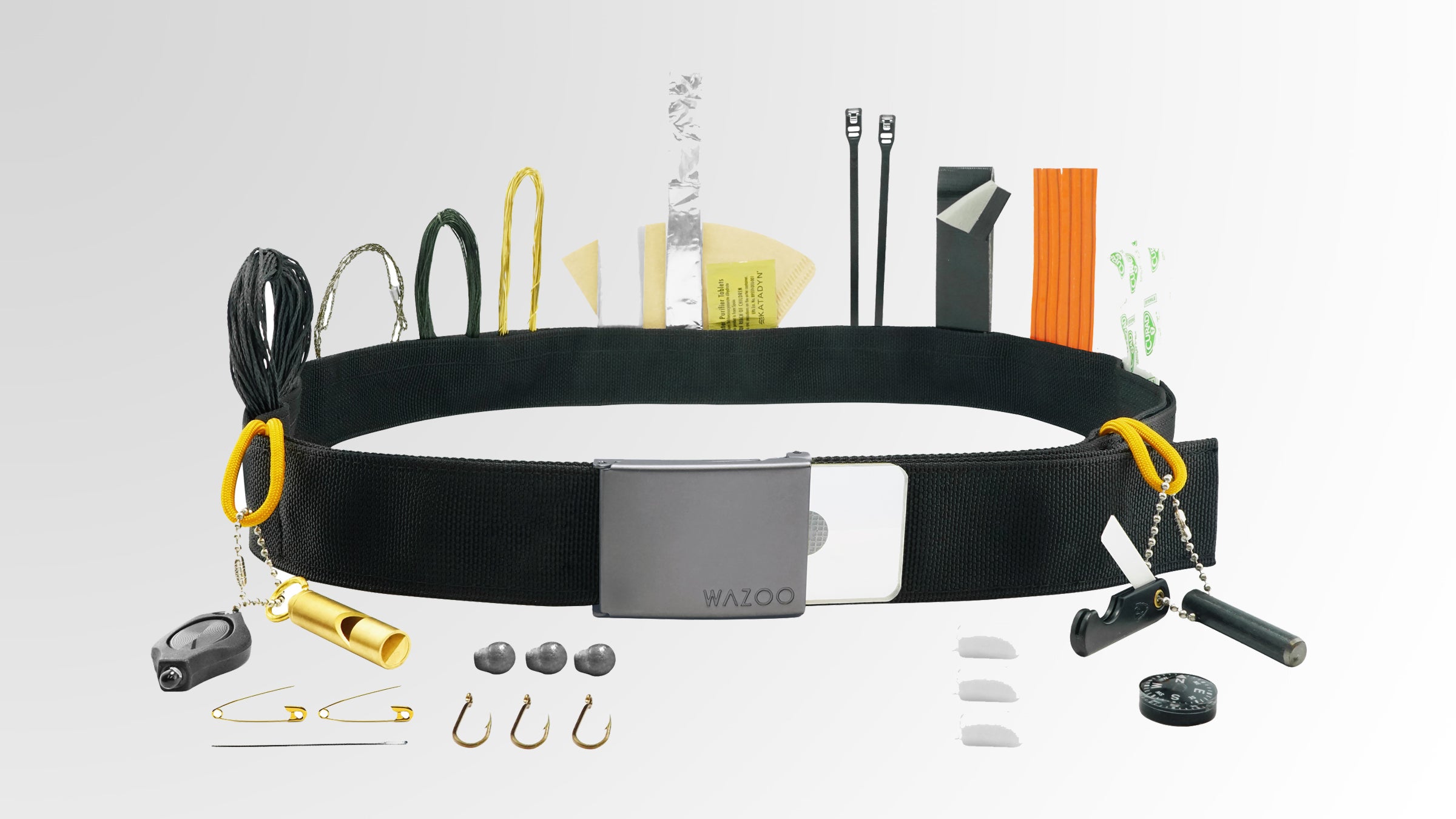
Community Building and Shared Resources
Survival often involves more than solitary endurance; it can depend on building a community and sharing resources. Let's look at the role of collaborative survival and resource exchange.
Group Survival Kits
If you're traveling with a group, distribute the gear weight and responsibilities. Group survival kits can include larger items like tents or cookware, which can be shared among members for efficiency.
Communication Networks
Establish a communication network with your group using walkie-talkies or other wireless devices. Ensuring everyone is informed and connected increases group safety and coordination.
Knowledge and Skill Sharing
Engage with local survivalist communities or online forums. Sharing knowledge and skills with others enriches your understanding and expands your network of resources and support.
Enhancing Navigation and Timing
Navigation is a critical aspect of survival, and timekeeping is often an underrated component. Let's delve into additional tools that can aid in these areas.
Advanced Compass Models: Look for compasses that include sighting mirrors, which can be used for both precise navigation and signaling.
Durable Watches with Survival Features: A watch with a barometer, altimeter, thermometer, and even GPS functionality can provide valuable information about your environment.
Astronomical Charts: Learning to navigate using the stars can be a lifesaver if you find yourself without your tools. Carry a star chart or familiarize yourself with celestial navigation techniques.
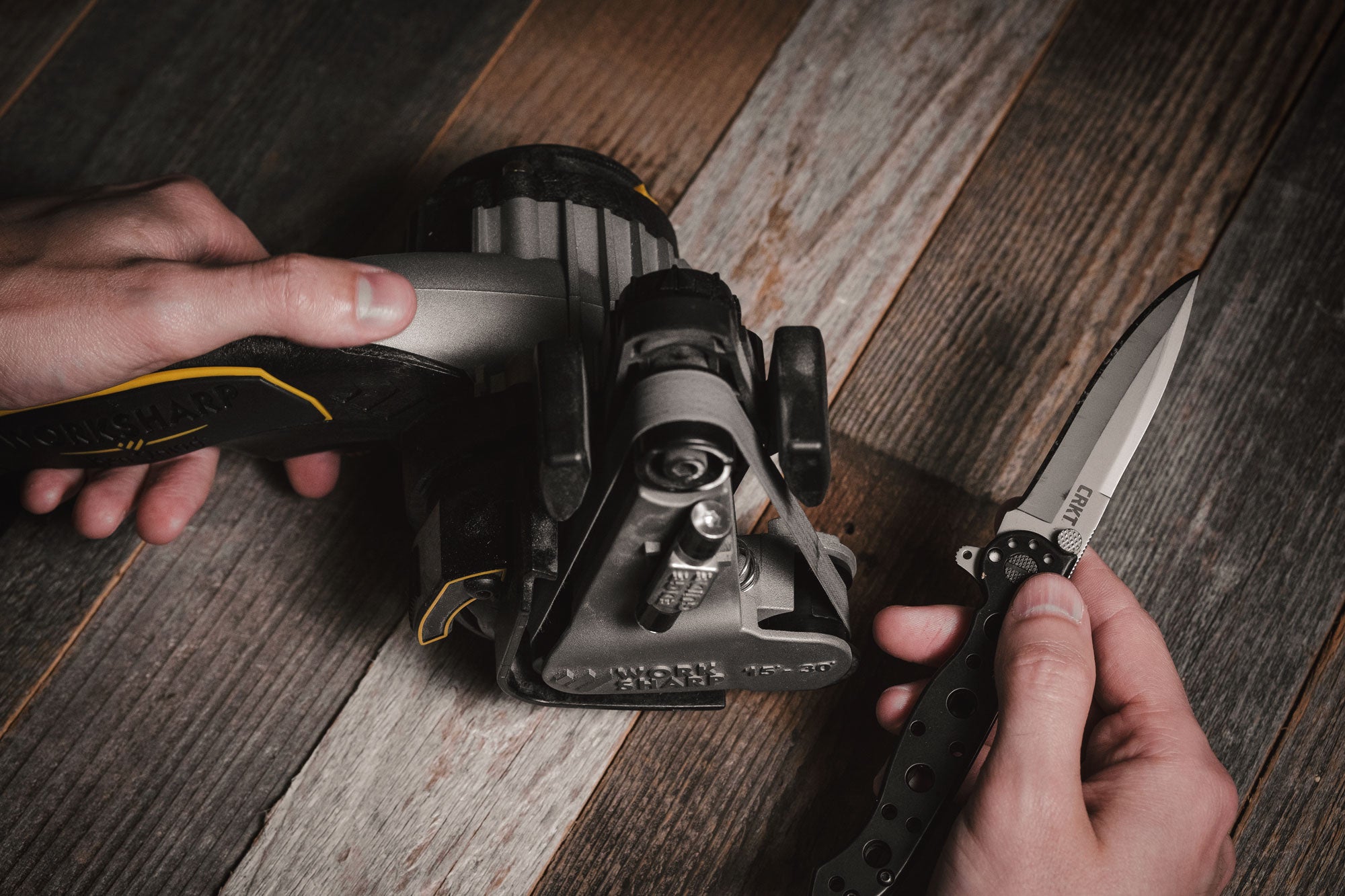
Tailored Clothing for Extreme Survival
The right clothing can serve as both shelter and protection. Consider investing in specialized apparel that can withstand various environmental challenges.
Convertible Clothing: Items that can convert from pants to shorts or include removable layers can adapt to changing weather conditions.
Insect-Repellent Apparel: Clothing treated with permethrin can provide protection against ticks, mosquitoes, and other insects.
Flame-Retardant Fabrics: In areas prone to wildfires or if you're handling fire regularly, clothing made from flame-retardant materials can help prevent burns.
Deepening Your Survival Knowledge Bank
Books and manuals can be an excellent source of information when electronics fail. Expanding your survival library with more specialized knowledge can be instrumental in a pinch.
Regional Flora and Fauna Guides: Detailed guides about local wildlife and plants can help you identify resources and hazards in your specific environment.
Survival Psychology Books: Reading material on the psychological aspects of survival can help you understand stress responses and develop coping strategies.
Instructional Manuals for Equipment: Knowing how to fully utilize and repair each piece of gear you carry multiplies its value in a survival scenario.
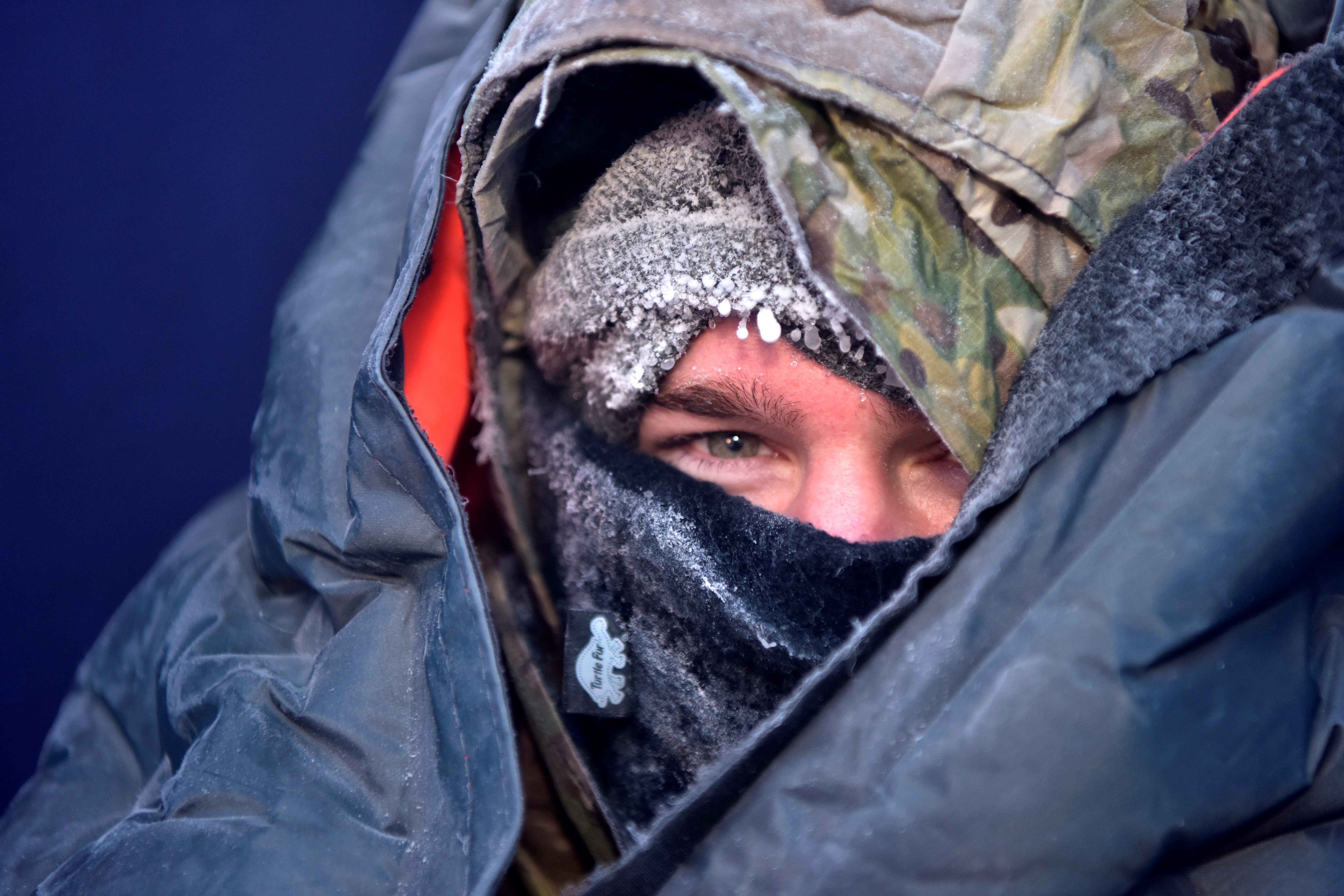
Considerations for Specific Populations
Different populations may have unique needs for survival, and it's important to address these when planning your gear and strategies.
Children's Survival Gear: Include child-appropriate gear and comfort items that can help keep them calm and cooperative.
Elderly-Specific Needs: Consider additional medications, support braces, or more comfortable sleeping options for older adults.
Pet Survival Supplies: Don't forget your furry companions; pack a pet first aid kit, extra food, and portable water bowls.
Importance of Physical Fitness and Training
Physical endurance and strength can be just as important as your gear. A focus on physical conditioning will prepare your body for the demands of survival.
Regular Exercise Routine: Develop a fitness routine that includes cardio for stamina and strength training for carrying heavy loads.
Practical Skill Practice: Regularly practice skills such as chopping wood, building shelters, or climbing to ensure your body is as prepared as your mind.
Endurance Challenges: Engage in activities like hiking, backpacking, or even obstacle course races to test your fitness and gear in controlled conditions.
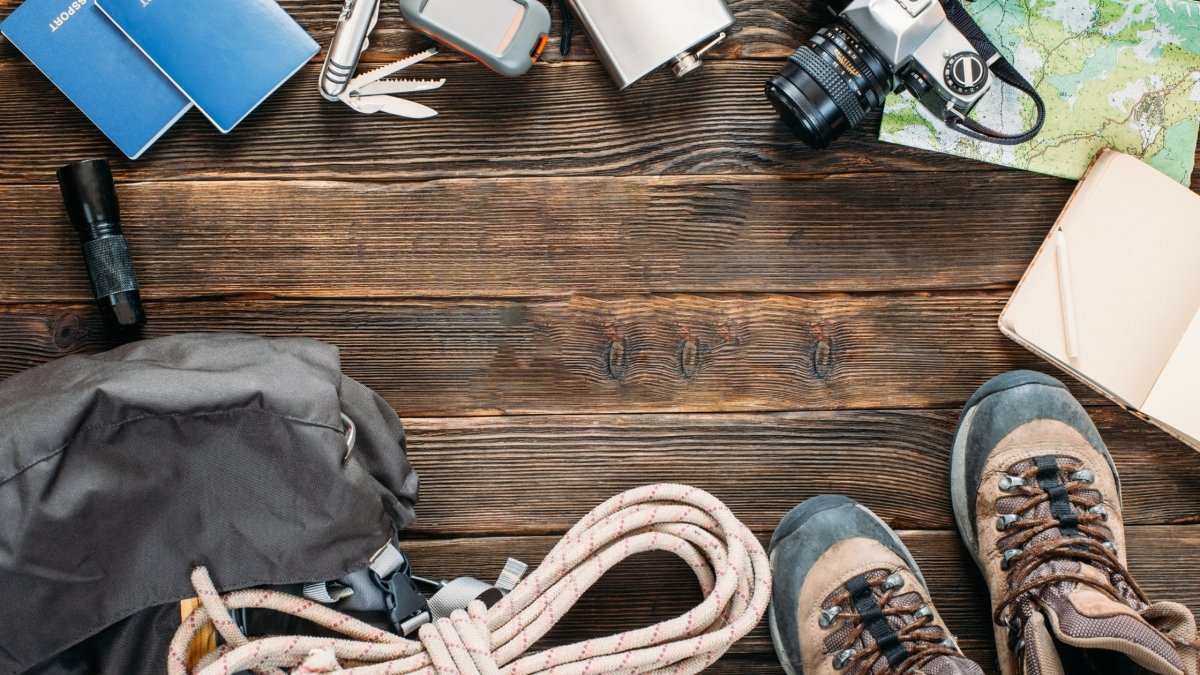
Building an Extended Survival Network
Going beyond your immediate circle can provide additional security and resources in a survival situation.
Local Survivalist Workshops: Attend workshops to meet like-minded individuals who can become part of your extended survival network.
Online Survivalist Platforms: Participate in webinars and forums where you can exchange tips, experiences, and most recent developments in survival techniques.
Emergency Contact Lists: Have a list of local emergency contacts, including ranger stations, hospitals, and relevant authorities.
Embracing Renewable Resources and Sustainable Practices
As a survivalist, it's essential to practice sustainability to preserve the resources that you may need to rely on in the future.
Portable Wind Turbines: In addition to solar power, small portable wind turbines can harness another renewable energy source.
Rainwater Collection Systems: Include a compact rainwater collection kit to capture and store rain for drinking or hygiene.
Organic Seed Packs: For long-term survival scenarios, having a variety of organic seeds to cultivate food can provide a sustainable food source.
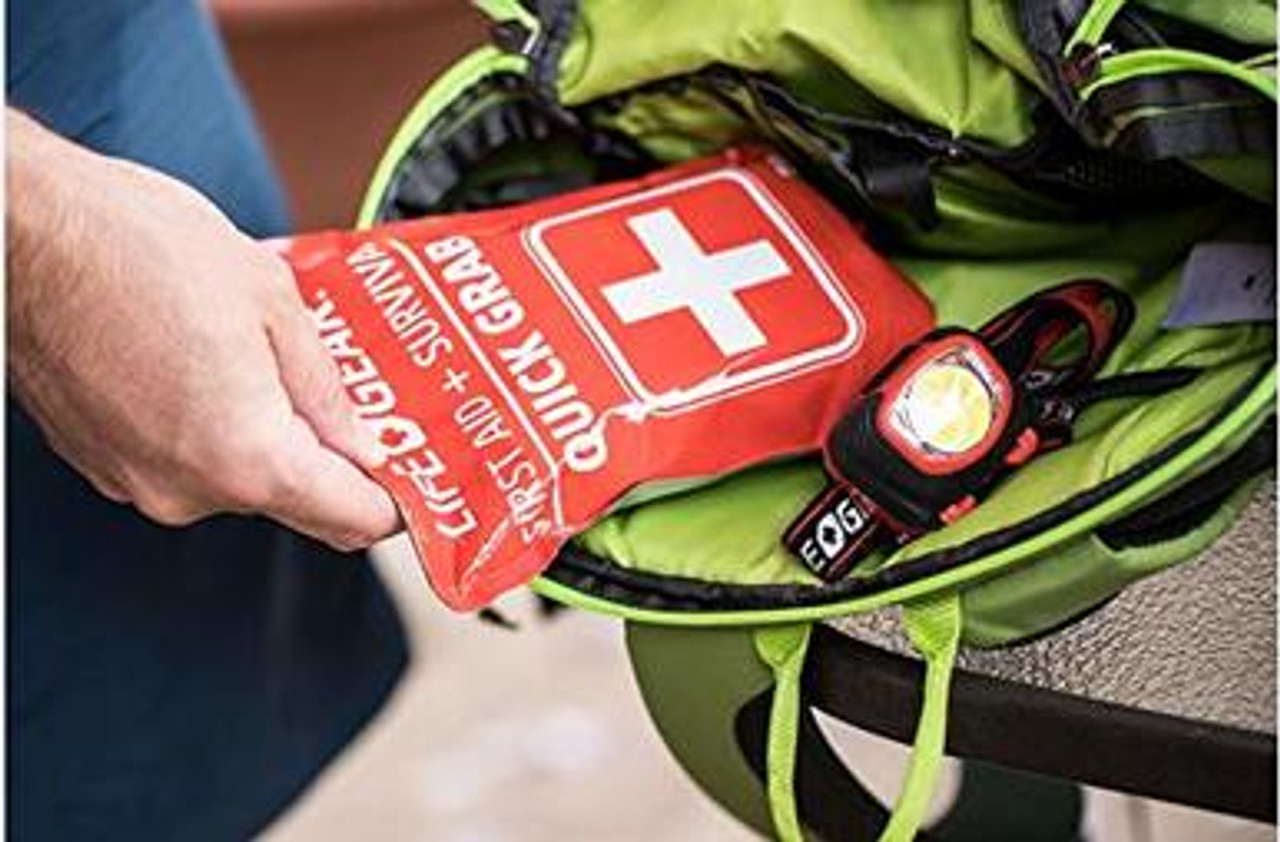
Customizing Your Survival Kit for Every Environment
Each environment presents unique challenges, which means your survival kit should be tailored to fit the landscape you're venturing into. Let's delve into the specifics needed to enhance your survival preparedness.
Specific Items for Coastal and Marine Environments
Personal Flotation Devices: Essential for any water-based or coastal scenario.
Marine-Friendly Water Filtration: Saltwater desalination tools and water filtration systems like the Sawyer Mini, catered to marine conditions.
Corrosion-Resistant Tools: Gear made from materials like stainless steel or titanium to resist saltwater corrosion.
Equip for Urban Survival Scenarios
Crowbar or Pry Tool: Crucial for navigating through debris or gaining access to resources in collapsed structures.
Heavy-Duty Dust Mask: A necessity for filtering out potentially harmful particulates following a building collapse or fire.
Solar Charger: Maintain power in your devices for as long as possible without relying on the grid.
Resource Management and Conservation Tactics
In a long-term survival scenario, conserving and managing resources becomes as critical as having them.
Usage Tracking Logs: Keep logs of water and canned goods consumption to manage supplies effectively.
Renewable Energy Sources: A portable solar panel or hand-crank charger ensures that you can maintain essential electronics like a tactical flashlight or a radio without depleting your batteries.
Repurposing Skills: Learn how to repurpose items like plastic bottles for water storage or plastic sheeting for solar stills to reduce the need for extra water.
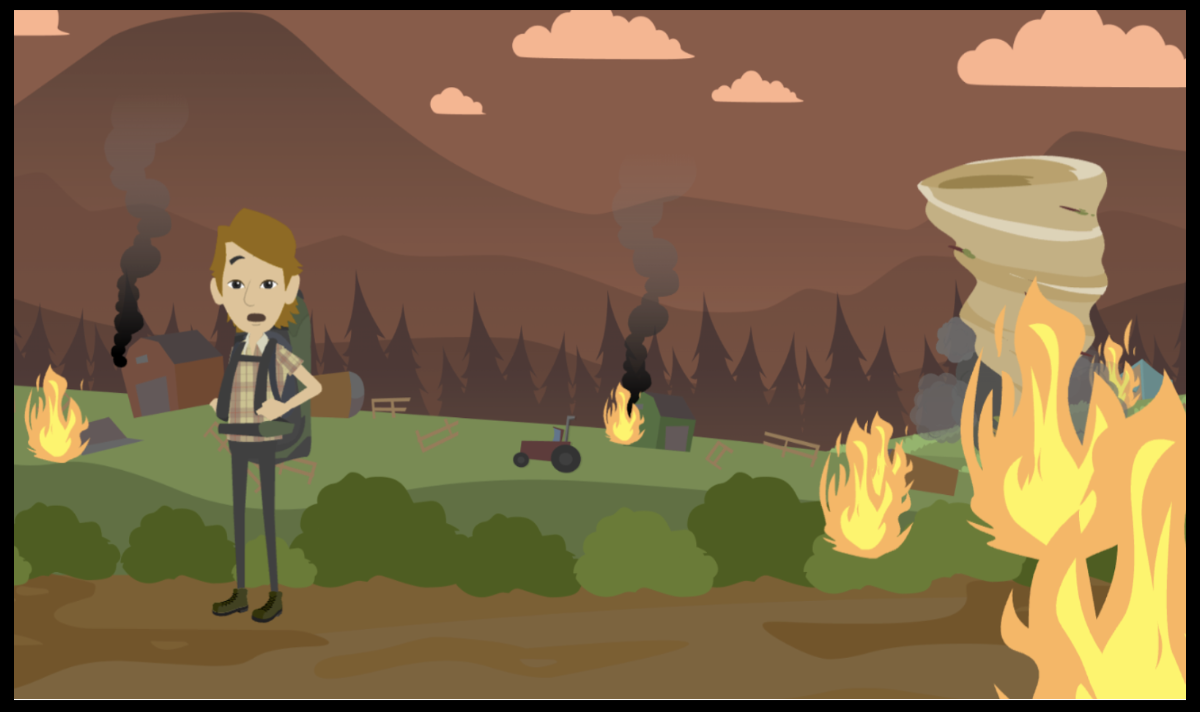
Optimal Organization of Bug Out Bags and Emergency Kits
Organization can make your gear more accessible and easier to transport, which can be critical in an emergency situation.
Modular Packing Systems: Use color-coded pouches or bags to organize items in your bug out bag for quick access.
Comprehensive Checklists: Keep a laminated emergency kit checklist with your pack to ensure all necessary items are included and accounted for.
Containerization Solutions: Utilize waterproof containers to protect sensitive items like fire starters from moisture.
Dressing for Survival: Beyond Warm Clothing
Adjusting your attire to suit your environment is crucial. Beyond warm clothing, it may be necessary to incorporate specialized apparel into your bug out bags.
UV-Protective Wear: In sunny environments, clothing with a high UPF rating can shield you from harmful ultraviolet rays.
Moisture-Wicking Layers: Effective in managing sweat and preventing chills in fluctuating temperatures.
Convertible Clothing: Maximize space in your bug out bag with clothing that can adapt to changing weather, such as zip-off pants or layered jackets.

Nutritional Considerations and Food Choices
A balanced diet is crucial for maintaining your energy levels and health in survival situations.
Nutrient-Dense Rations: Opt for high-calorie, nutrient-rich food items like meal bars and ready-to-eat meals to sustain you longer.
Vitamin Supplements: To balance a diet that might lack variety, consider adding a multivitamin to your emergency kit.
Cooking Implements: Pack lightweight, compact cookware that allows you to prepare a greater variety of foods, including wild game or foraged plants.
Efficient Water Use and Hygiene Practices
Hygiene is often underestimated in survival situations, yet it's crucial for preventing illness.
Portable Shower Systems: Such systems can be as simple as a water-filled bag with a small spigot to help maintain personal hygiene.
Water Conservation Methods: Techniques like using a spray bottle for cleaning can reduce the amount of water needed for hygiene.
Sanitizing Agents: Including compact items like alcohol wipes or small bottles of hand sanitizer in your emergency kit can help keep you and your gear clean.
Lighting and Visibility in Survival Scenarios
Visibility can be a matter of safety, especially when trying to signal for help or navigate through the night.
Multi-Mode Headlamps: Provide hands-free light and often feature different brightness levels and a strobe function for signaling.
Reflective Gear: Adding reflective tape to your everyday carry or emergency prep gear can help you be seen in low-light situations.
Glow Sticks: Serve as a safe, long-lasting light source that can also be used for signaling at night.

Adaption and Modification of Gear
In a survival situation, the ability to adapt and modify your gear can extend its usefulness and application.
Duct Tape: An indispensable item in your kit, duct tape can be used for quick repairs, creating waterproof seals, and even makeshift medical splints.
Multi-Tool with Attachment Options: A multi-tool that allows for different bits or blades can handle a variety of tasks without needing multiple separate tools.
Customizable Shelter Systems: Tarpaulins or plastic sheeting with reinforced grommets can serve as make-shift shelters, rain collection systems, or wind screens.
Rehearsing Emergency Prep Scenarios
Practice makes perfect, and this is certainly true for emergency preparedness.
Evacuation Drills: Periodically run drills to practice using your emergency kit and bug out bags to simulate a real evacuation.
Survival Skill Refreshers: Regularly schedule time to refresh your knowledge and practice skills such as fire-making, shelter-building, and water filtration.
First Aid Training: Stay up-to-date with first aid techniques to ensure you can effectively use the contents of your aid kit.
By incorporating these insights and incorporating a range of equipment and skills into your survival approach, you'll be well-equipped to face a multitude of challenges. Always remember, the most critical aspect of survival is the ability to stay adaptable, resourceful, and mentally resilient, no matter the circumstances.
The Art and Science of Survival
As a professional survivalist, I blend psychology with practical advice, ensuring that you not only have the tools but also the mental fortitude to persevere in any survival situation. Remember, essential wilderness survival skills extend beyond the physical; they're about strategy and mindset.
Creating an emergency preparedness plan is a complex and varied task, but with this checklist, you're well on your way. Every item in your emergency survival kit and everyday carry contributes to your overall preparedness and ability to adapt.
Prepare diligently, stay informed, and remember: rights reserved for those who plan ahead. Stay safe, and may your adventures be as rewarding as they are prepared for!
